There are a lot of different types of barcodes out in the world!
They all have their purpose. Some of them are very specialized. We’ll go over the barcode types supported by our barcode scanning apps Scan to Spreadsheet, Scan to Web, and Scan to Note.
There are 2 families of barcodes 1D and 2D. These are the dimensions of the barcode. A 1D barcode is just straight lines. Where as a 2D barcode uses dots.
2D barcodes are newer, have redundancy if they get damaged, and can hold a lot of information. Whole Paragraphs in fact!
1D barcodes have been around for a long time. Limited to numbers or product codes they are very easy to standardize.
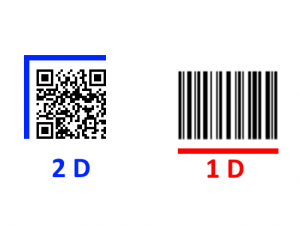
Popular and common barcodes

QR Code
Common barcode Can contain over 1,500 characters
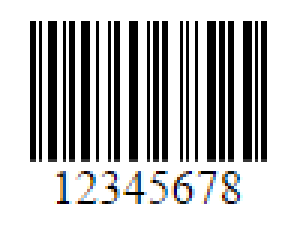
Code 128
High density compact 1D barcode.
Can hold 30 characters.
Maximum is 48, however the barcode performance will be poor.
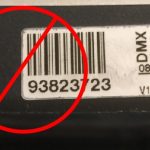 |
Needs a margin of white space called aquiet zone around the barcode. |
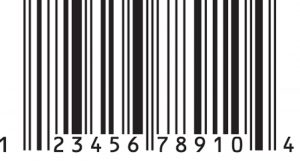
UPC
Product barcode of United States.
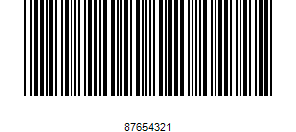
Code 3 of 9 (39) / Code 39
Common barcode with the potential for poor performance.
Multiple free fonts are available for Code 39
Should be limited to no more than 15 characters.
Less common barcodes

Data Matrix
Typically used for serial numbers and in food industry
NOTE: iOS cannot read reversed (white on black) Data Matrix barcodes
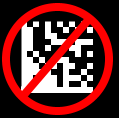

PDF 417
Older barcode design typically used on driver’s licenses.
4 times physically larger in print than a QR code with the same amount of data.

EAN 13 / EAN 8
European Article Number
Common product barcode of European nations.
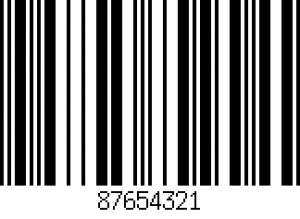
I 2 of 5 / ITF 14
Small barcode with check digit

Code 93
Provides improvements to the Code 39 barcode
![]()
Code 39 mod 43
Code 39 with a check digit

Aztec
Government and transportation, such as airline tickets.
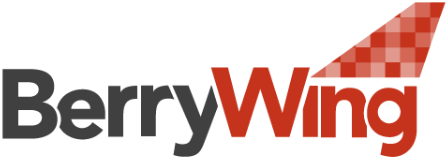

Recent Comments